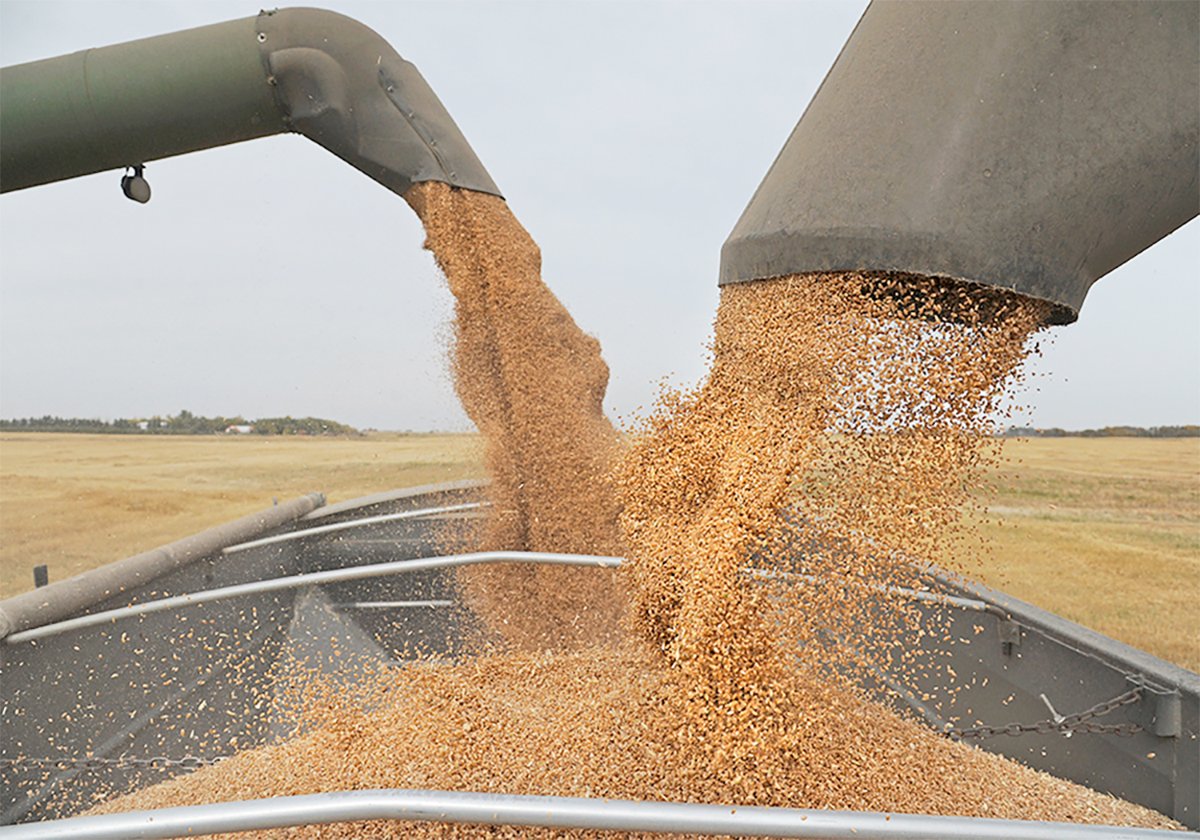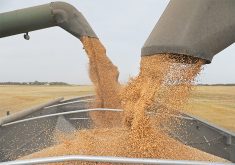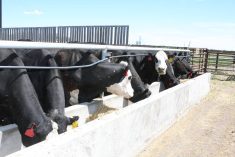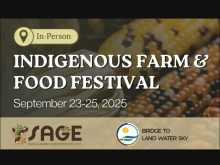BOVINE tuberculosis in an insidious disease. It can spread through
feed, water and in saliva and mucous coughed into the air. It can lie
dormant in infected animals for years and present itself at slaughter
before producers even realize there’s a problem.
That’s what makes proposed zoning protocols for the area around Riding
Mountain National Park in western Manitoba so important.
The Canada Beef Export Federation estimates that income from all
aspects of beef cattle production totalled more than $7.8 billion in
Read Also

Agriculture productivity can be increased with little or no cost
There’s a way to enhance agricultural productivity with little or no cost. It doesn’t even require a bunch of legislative changes.
2001.
Total beef and veal exports reached $2.2 billion last year, with $1.7
billion worth of that going to the United States. The need to act
decisively to ensure continued strong exports is clear. The stakes are
too high to do otherwise.
The Canadian Food Inspection Agency has proposed a plan. It suggests a
new zone that would allow most cattle producers in Manitoba, those
outside the zone, to retain their TB-free status.
Cattle within the zone, an area near the national park, would be given
the lower rating of TB accredited, which means the disease prevalence
is low.
Animals from this zone would require more stringent testing and
certification before they are exported.
In a time when U.S. cattle groups are scouring the fine print of trade
deals looking for challenges to Canadian agriculture, we must ensure we
are doing all we can to control the disease and protect the health
status of the national herd.
However, cattle producers living inside the proposed new zone have
raised valid concerns that must be addressed first.
The proposal seems likely to impose hardships on those living inside
the zone, where cattle have been infected by wild elk wandering out of
the nearby national park.We must take care that these concerns are
addressed.
The Manitoba government has increased the number of elk that can be
hunted this season to reduce the area elk population by 1,000.
But more could be done. The federal government, which manages the elk
in the park, must develop a plan that specifically targets diseased
animals.
Setting up the new zone without taking all necessary steps to eradicate
the disease would accomplish little in the end. Elk from the park must
not be allowed to re-infect the area’s cattle after producers have
taken all measures they can to ensure their livestock is healthy.
Whatever plan the CFIA has, the U.S. will make its own decision on the
acceptance and testing of Canadian cattle.
However, we believe a new zone within Manitoba strikes a fair balance.














